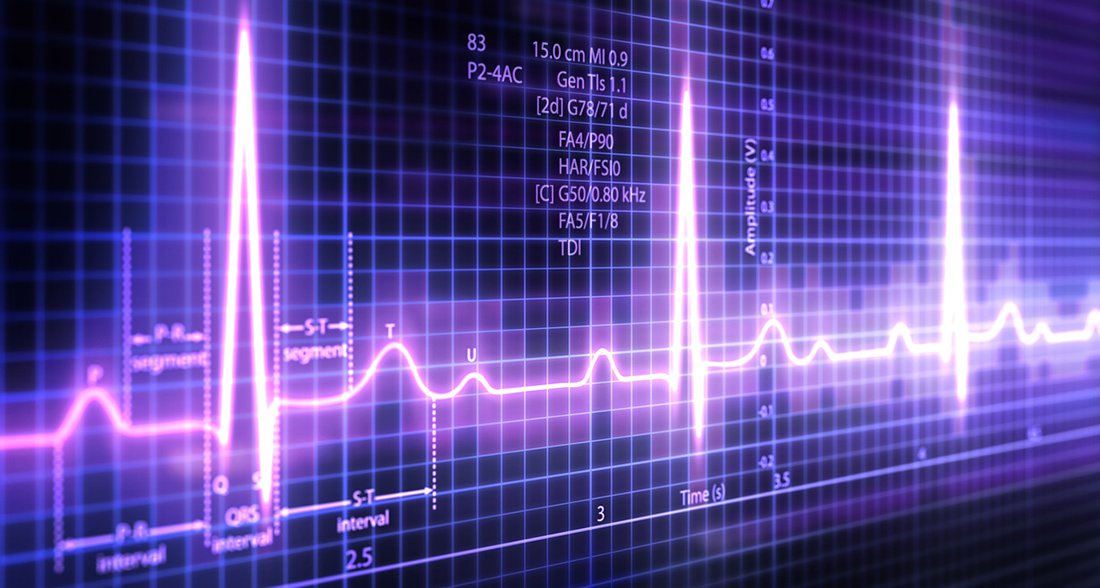Projects
Machine learning and deep learning regression models for sensor calibration
Supervised by Dr. Rajiv Ratn Shah, MIDAS Labs, IIIT Delhi
Performed sensor calibrations for state-of-art particulate matter sensors and cheap sensors like PMS2.5 and PMS10 using machine learning methods like logistic regression, support vector machines, etc and deep learning methods like LSTMs, convolutional neural networks.
Detection of Epileptic Seizures in EEG signals
Supervised by Dr. Veeky Baths, Cognitive Neuroscience Lab, BITS Goa, KK Birla Goa Campus
Performed binary and multiclass classification to classify EEG signals into different stages of ictal, pre-ictal and inter-ictal stages using a novel architecture employing long short-term memory and one-dimensional convolutional neural networks. Achieved improvement over the existing state-of-art methods.
Tools used: python, Keras, Tensorflow
Comparative study of various machine learning models and IoT methods for detection of sleep apnea
Supervised by Prof. Neena Goveas
Built a deep neural network model for the detection of sleep apnea from ECG signals using the RR Intervals. Achieved accuracy of 85.97%. Also built another model based on feature extraction from RR Intervals and achieved accuracy of 86.6%. Deployed the machine learning models to ESP32 and Raspberry Pi Pico to do a comparative study on the performance metrics of the models on the two devices.
Tools used: python, Keras, tensorflow, Edge Impulse
Investigation of Posterior Contralateral Negativity For Consumer Preferences using Deep Learning architecture
Supervised by Dr. Veeky Baths
Consumer preferences for different toothpaste brands were captured through EEG signals using an Emotiv headset. These signals were then meticulously analyzed utilizing advanced deep learning techniques, including convolutional neural networks and LSTMs, to extract crucial features. Through the utilization of Dense layers, the model was trained to discern between instances where the product on the left was preferred over the one on the right across all brand combinations, achieving impressive accuracies exceeding 80%. Furthermore, saliency maps were employed to analyze the EEG signals recorded in both the contralateral and ipsilateral occipital regions, providing valuable insights into consumer behavior and preferences.

